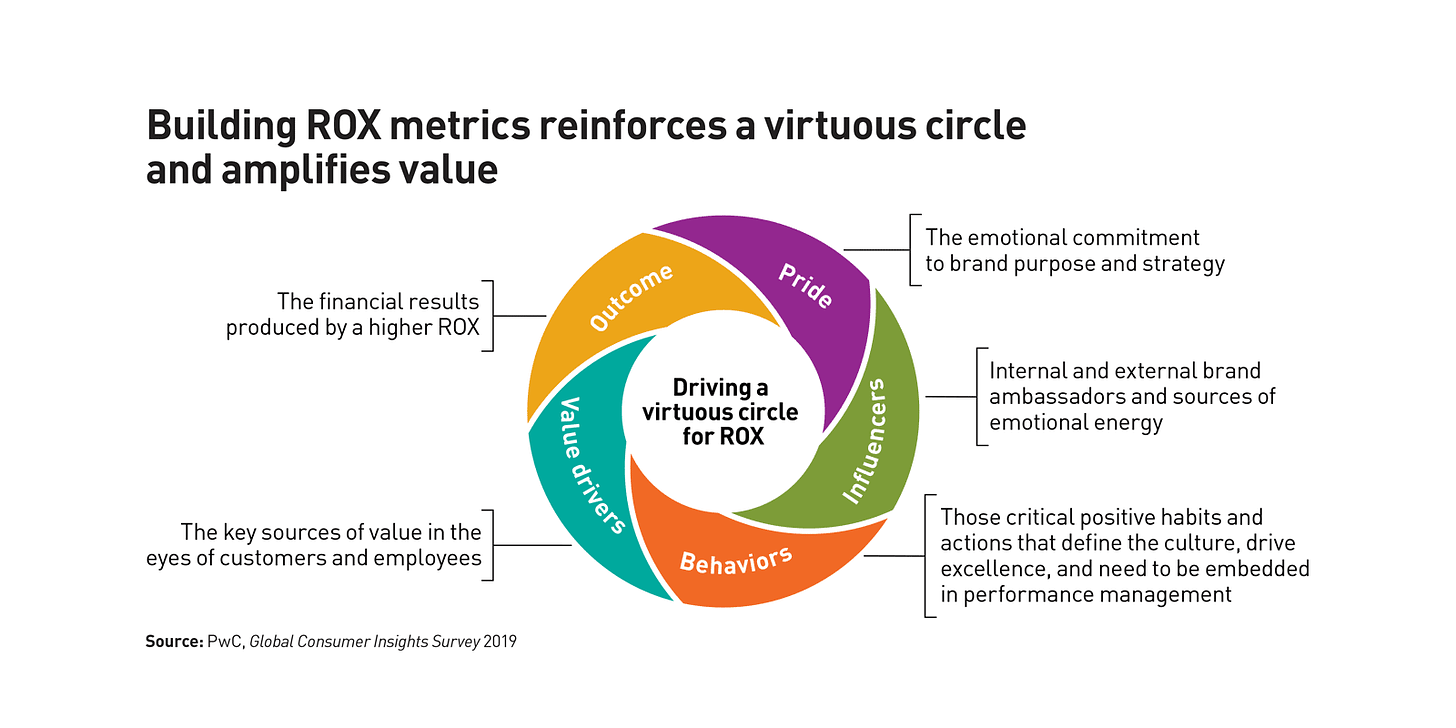Happy doctors make happy patients, just like happy employees anywhere make happy customers. However, only 30% of worldwide employees are engaged and that causes problems not just for retailers and financial services but for hospitals and other sick care delivery organizations as well. The result is not just on financial performance, but decreasing levels of patient satisfaction and physician burn out, depression and suicide.
According to one author, measuring engagement is a waste of time. Recent research from the O.C. Tanner Institute indicates that engagement can be a flawed and misleading gauge of effectiveness, as it’s not a measure of the quality and impact of the work product itself. And with remote and hybrid work changing the employer-employee equation, and mass resignations shifting the power balance, it’s clear that even the best traditional measures of workplace activity may no longer be relevant. That’s why this researcher believes that companies would do well to home in on a different metric in 2022 and beyond. Let’s measure “great work” instead and suggests the five key behaviors that employees who produce great work demonstrate:
- They ask the right questions, like “How might this task/process/problem be made easier/faster/safer/better?”
- They see, which may mean standing on an assembly line or watching users interact with a product.
- They talk to an outer circle, gathering information and insight from a broad array of experts.
- They improve the mix, continually fine-tuning and improving upon their work.
- They deliver the difference, remaining laser-focused on positive outcomes.
- They know how to do the workaround
In other words, they have an intrapreneurial mindset and have intrapreneurial survival skills.
With the rising tide of employed physicians, administrators are challenged to create more physician engagement and alignment. Employee engagement is a workplace approach designed to ensure that employees are committed to their organization’s goals and values, motivated to contribute to organisational success, and are able at the same time to enhance their own sense of well-being.
Here is why you should hire physician intrapreneurs and what to do with them once you have done so.
More engagement creates a better experience which creates more engagement. Engagement factors can be internal or external. Leading businesses are beginning to explore ROX (return on experience), a metric that captures a company’s return on its investment in customer experience (CX) and employee experience (EX). Some large B2C and B2B companies have been able to implement ROX metrics in as little as four months and are already seeing value in the way ROX helps them track their investments, giving them a company-wide view that offers more insight than siloed business-case metrics do.

Recent data shows that there is a big gap between doctors and their bosses when it comes to levels of employed physician engagement. Also, independent doctors are more engaged than employed ones. It should come as no surprise that the drivers of engagement have to do with leadership, trust and employees having the sense that they are contributing to a higher purpose than just profits. Simply hiring doctors does not improve the quality of care.
Also, the problem is not unique to the US and exists in single payer systems as well, like the UK.Here are some ways to engage employed doctors:
1. Create a culture of trust and caring, not rules
2. Give doers the tools they need to improve
3. Coach them daily
4. Give doers the internal and external incentives they need to improve
5. Recognize that it’s not all about you
6. Use expectancy theory to reward i.e. a proximate relationship between success and reward shortly afterwards with something the doctor values
7. Stress self-performance and measurement against a standard
8. Be fair
9. Be transparent
10. Fix the system that creates errors, not people.
11. Put us both out of our misery and help me find another place to work
12. Clarify expectations. Do you want me to innovate or not?
13. Lead by example
14. Stop wasting time on the 77% who are disengaged. Focus on the 13% instead
15. Create a product I can believe in instead of selling and delivering dysfunctional systems that create friction
16. Stop subjecting them to needless administrivia and IT mandates
17. Create care teams so everyone can practice at the top of their license and add maximum value.
18. Recruit for innovation
19. Focus on user/customer/patient/payer defined value instead of engaging in turf wars with advance practice professionals
21. Treat doctors like customers
22. Recognize the objective of engagement is to change behavior, whether it be patients or doctors. Education, experience, and engagement are but preambles to enabling behavior change. Data alone is not the answer.
Part of the problem with getting more physician engagement has to do with conflicting priorities and confusion about the role of physician knowledge technicians, physician managers, physician leaders and physician entrepreneurs. In my view they are different, have a different primary focus and and are neither interchangeable nor part of a natural career progression ladder. Some doctors are suited for one role better than another, and, promoting them to another ill-fitting role perpetuates the Peter Principle and puts doctors on the down slope of the engagement curve.
To get employed doctors engaged, they need to feel reconnected to the care mission, in addition to the profit motive. Quadruple bottom line is about patients, profits, planet and purpose. Ultimately, it boils down to bringing the personal goals and values of individual employees together with the values and goals of the organization to create a sustainable business. Here are some ways other industries are approaching the challenge by emphasizing sustainability as part of their mission. Given the amount of waste generated by sick care institutions, sustainability should be part of their mission.
Define the company’s long-term purpose.
Spell out the economic case for sustainability.
Create sustainable knowledge and competence.
Make every employee a sustainability champion
Co-create sustainable practices with employees
Encourage healthy competition among employees.
Make sustainability visible inside and outside the company.
Showcase the higher purpose by creating transformational change.
Many doctors who are disengaged are jumping ship to non-clinical roles. Instead of treating doctors like knowledge technicians, hiring, developing, promoting, and retaining physician intrapreneurs is another way to increase physician engagement
Doctors need to care about not just their patients, but their organizations as well. Adam Smith noted in 1776 that self-interest serves the public interest. But they have other stronger affiliations, like peer groups, alumni societies, where they did their training and medical associations. Who employs them is at the bottom of the list.















